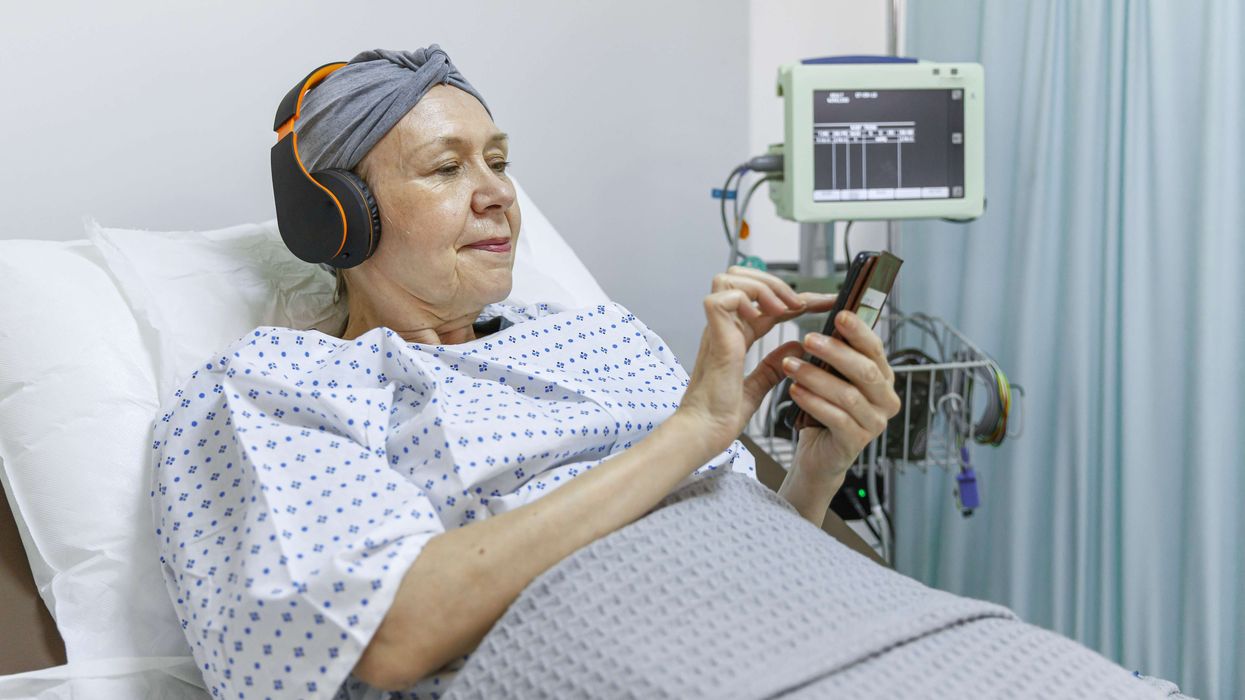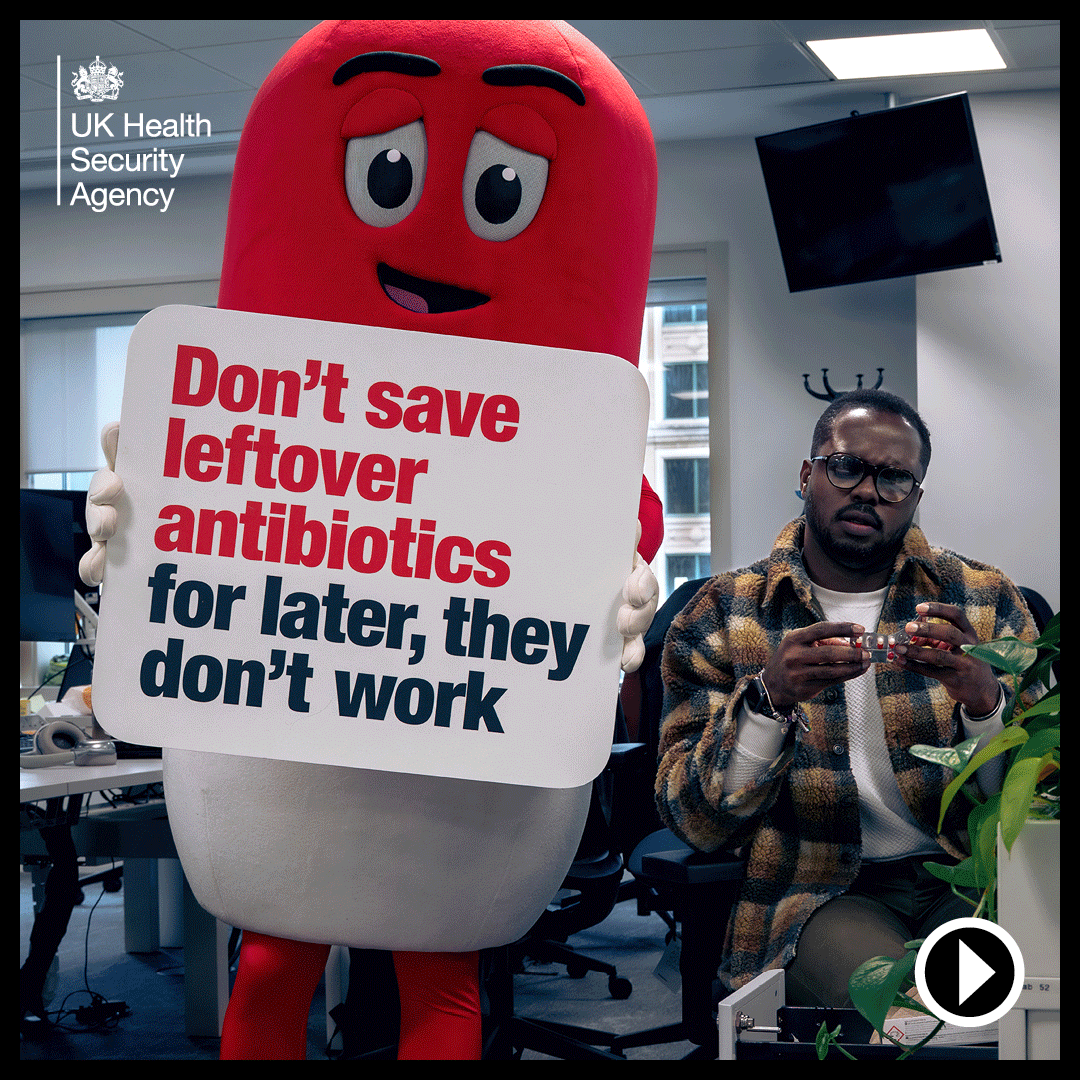Highlights
- Patients exposed to music needed lower doses of propofol and opioid painkillers
- Faster and clearer awakening reported following gallbladder procedures
- Music linked to steadier blood pressure and reduced stress hormone levels
- Research conducted on 56 adults under general anaesthesia
A clinical study in Delhi has found that playing music during surgery under general anaesthesia can reduce the amount of drugs patients require and improve the speed and quality of their recovery. The research, carried out at Maulana Azad Medical College and Lok Nayak Hospital, was published in the journal Music and Medicine and is among the clearest investigations yet into the effects of sound on the unconscious brain.
Trial details
The study focused on patients undergoing laparoscopic cholecystectomy, a standard keyhole procedure to remove the gallbladder. The operation usually lasts less than an hour and requires a rapid and stable return to consciousness.
Over an 11-month period, 56 patients aged around 20 to 45 were randomly divided into two groups. Both groups wore noise-cancelling headphones and received identical anaesthetic regimens including propofol and fentanyl. However, only one group heard calming instrumental music, choosing between soft flute or piano.
Key findings
The researchers reported that those who listened to music required significantly lower doses of propofol and fentanyl to maintain the appropriate level of anaesthesia. They also showed:
- Faster recovery and quicker return of orientation
- Lower cortisol levels, indicating reduced stress response
- Improved control of blood pressure during the procedure
According to the published data, although patients were unconscious and unable to recall the music, their auditory pathways remained active enough to influence the body’s internal response.
Implications for surgical practice
The results suggest that incorporating music into operating rooms could become a useful non-drug intervention to support anaesthetic care. Reducing the need for sedatives and opioid painkillers can improve patient safety, reduce side effects and help speed up discharge.
The research team plans further studies to explore whether music can support other forms of sedation and different surgical specialities. For now, their findings point to a straightforward conclusion: gentle background music may help stabilise the body during surgery and improve recovery without adding risk or cost.







 Partnerships with Better Gyms, Amazon and other brands Onclusive
Partnerships with Better Gyms, Amazon and other brands Onclusive She notes that antibiotic resistance remains one of the biggest threats to modern medicinOnclusive
She notes that antibiotic resistance remains one of the biggest threats to modern medicinOnclusive






